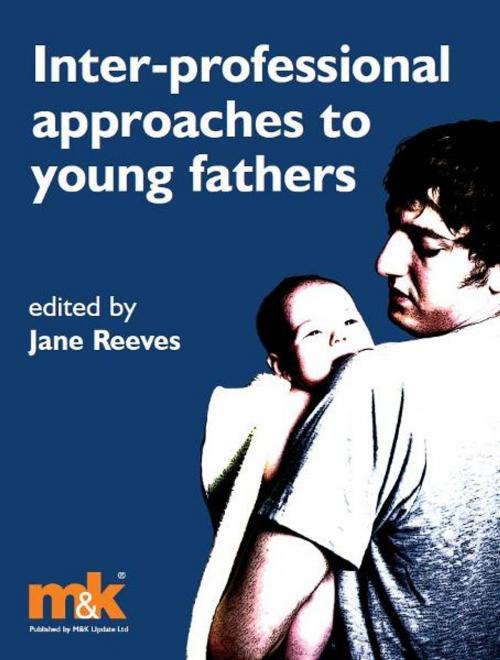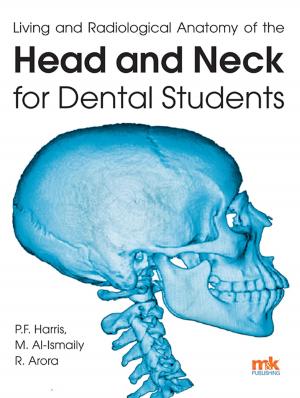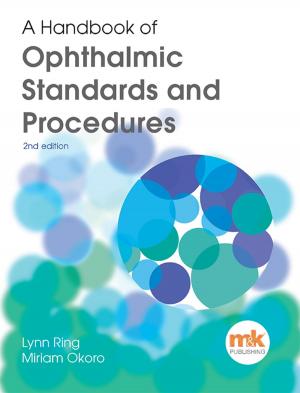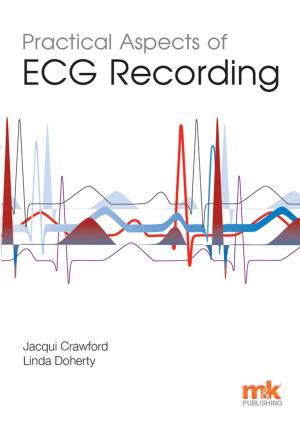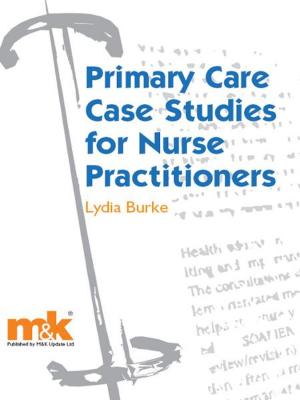Interprofessional Approaches to Young Fathers
Nonfiction, Social & Cultural Studies, Social Science, Fiction & Literature| Author: | Jane Reeves | ISBN: | 9781907830297 |
| Publisher: | M&K Update Ltd | Publication: | September 17, 2008 |
| Imprint: | M&K Publishing | Language: | English |
| Author: | Jane Reeves |
| ISBN: | 9781907830297 |
| Publisher: | M&K Update Ltd |
| Publication: | September 17, 2008 |
| Imprint: | M&K Publishing |
| Language: | English |
With one of the highest teenage pregnancy rates in Europe, young fatherhood, as a site of economic and personal adversity, has become a focus of concern in Britain during the late 1990s. However, despite this policy interest there is surprisingly little British empirical evidence to review.One of the aims of the book is to draw together contemporary research evidence, social theory and policy which may effect how practitioners, students and academics conceptualise and work with young fathers. Consequently, each chapter illustrates the points it makes using discrete evidence from that particular field. Moreover, in order to make this process more user friendly each chapter provides a summary of this literature and evidence. Finally, in order to make the book come alive it draws on case studies, which are drawn, variously, from two studies conducted by the editor.
With one of the highest teenage pregnancy rates in Europe, young fatherhood, as a site of economic and personal adversity, has become a focus of concern in Britain during the late 1990s. However, despite this policy interest there is surprisingly little British empirical evidence to review.One of the aims of the book is to draw together contemporary research evidence, social theory and policy which may effect how practitioners, students and academics conceptualise and work with young fathers. Consequently, each chapter illustrates the points it makes using discrete evidence from that particular field. Moreover, in order to make this process more user friendly each chapter provides a summary of this literature and evidence. Finally, in order to make the book come alive it draws on case studies, which are drawn, variously, from two studies conducted by the editor.
